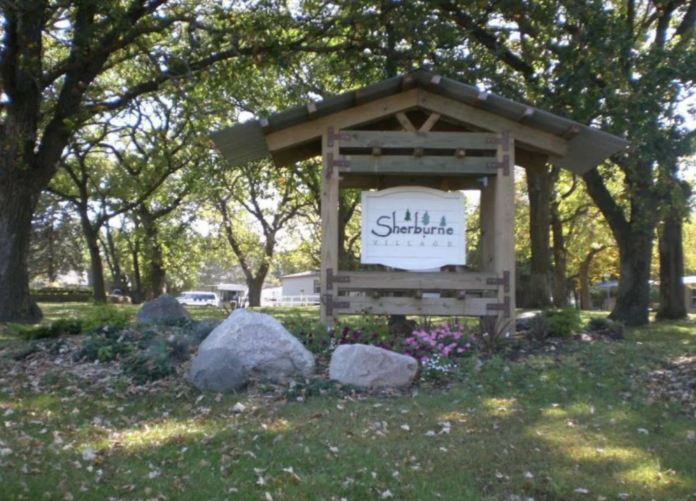By Anthony Pino
The national manufactured housing sector has been on an upswing for the past several years, and properties in the Northeast have posted similarly strong performance. While the bulk of the supply growth for the industry occurs in rapidly growing population centers in the South and the Southwest, the sector continues to expand in the Northeast, and the region is posting healthy operations performance.
There are some signs of slowing at the national level that emerged during the first half of this year, which should set the stage for relative outperformance in the Northeast region, which has been less reliant on rapid growth than in other parts of the country.
Elevated Occupancy Levels Highlight Strength of Demand, Stability of Operations
The first measurement of property performance that most operators and investors look at is the occupancy rate, and current totals showcase a very strong market. The national occupancy rate ended the first half of 2023 at 94.4 percent, ten basis points higher than one year earlier. The rate has been trending higher for the past several years, first breaking through the 90 percent threshold in 2017. Occupancy at the national level has increased in ten of the past eleven years, rising from about 85 percent from 2010-2012 to nearly 95 percent today.
In the Northeast region, long-term occupancy trends have been far more stable. The rate ended the second quarter at 94.3 percent, and the rate has held steady between 94 percent and 95 percent for the past five years.
Top states for occupancy in the Northeast region include Maryland and Virginia, where occupancy levels are 98.7 percent and 97.7 percent, respectively. Pennsylvania has the largest inventory of units in the Northeast, and the current occupancy rate in the state is 93.7 percent. Our team worked on the sale of three communities in Pennsylvania during 2023 that were all 95% occupied or higher. These communities ranged in size from 75-202 pads and were owned by long-term operators. During the tenure of their ownership occupancy did not dip below 90%, and always had a waitlist of prospective tenants. In all three cases, the buyers were looking to expand and add additional density to the communities as the affordable housing need in Pennsylvania is dire. This trend is set to continue as occupancy in Pennsylvania has increased by 30 basis points in the past 12 months, setting the stage for additional increases in the year to come.
Shipments of New Units Down Following Rapid Increases in Recent Years
The cost of all forms of housing has pushed higher over the past several years, increasing demand for less costly alternatives, including manufactured housing communities. One result of these trends has been a surge in the shipment volume of manufactured housing units. In 2022, more than 112,000 manufactured housing units were shipped within the United States, up more than 80 percent from one decade earlier.
To this point in 2023, shipment volumes have come down from their cyclical peak. During the first half of this year, 44,000 manufactured housing units were shipped, 29 percent lower than the total during the same period in the previous year.
The Northeast region typically accounts for some of the lowest inventory growth in the country. During the first half, shipments to the Northeast region reached approximately 4,000 units, down from 4,900 units one year earlier. Pennsylvania and New York combined to total more than 1,700 units, followed by Virginia (525 units), West Virginia and Maine (375 units each).
There are many different factors to consider when looking to invest in a manufactured housing community. There are great opportunities across the United States that will appeal to investors for different reasons. The Mid-Atlantic through the Northeast remains an excellent opportunity to explore investments in the manufactured housing space.
MHInsider is the leader in manufactured housing news and is a product of MHVillage, the top website to sell, rent, or buy a manufactured home.

















